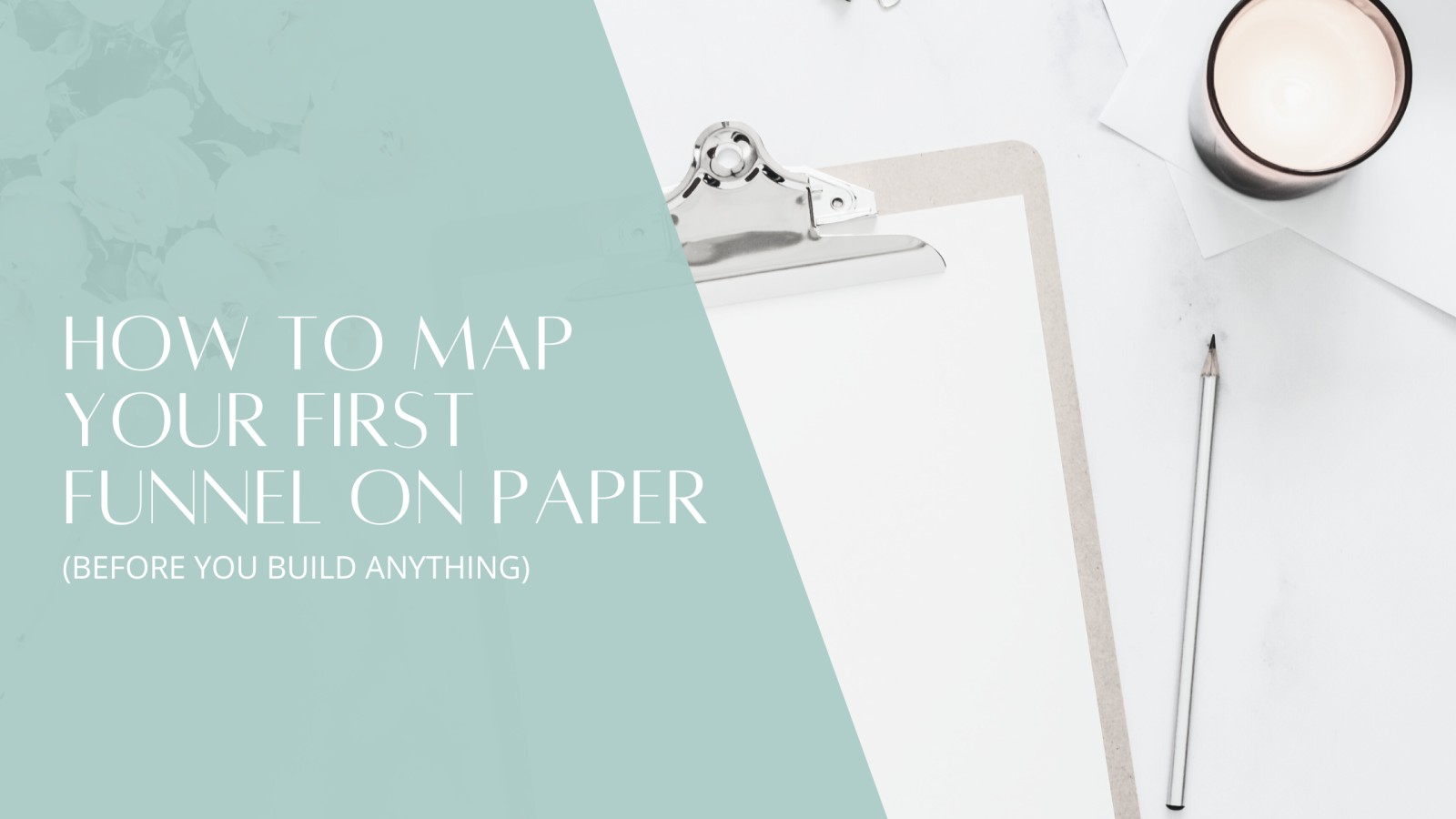
So, you’re starting a business from scratch. You’ve got big dreams, lots of passion, and a heart ready to help people. But then you hear words like “funnels,” “lead magnets,” and “CRMs,” and suddenly... you feel like you need a whole new language just to keep up.
Let me assure you: you don’t.
In fact, before you open any tech tools or try to build something online, the smartest thing you can do is grab a pen and paper and map it out first.
This blog post will show you, step-by-step, how to map your first funnel—no tech skills needed, no confusing jargon, and no stress. And if you want extra support? I have a simple, beginner-friendly workshop that will walk you through it all.
What Is a Funnel (and Why Do You Need One)?
Think of a funnel like a path that gently guides people from “I just found you” to “I want to buy from you!”
Let’s use a simple real-life example:
Imagine you open a lemonade stand.
First, someone walks by and sees your sign (that’s your lead magnet).
Then they stop and try a free sample (that’s your opt-in).
You chat, they like you, and they decide to buy a full glass (that’s your offer).
Later, you follow up with a friendly note saying, “Thanks! Come back soon!” (that’s your email funnel).
That’s a basic funnel. And yes—you can plan that entire journey on paper before you build anything.
Step 1: Start with the End in Mind (Your Offer)
Ask yourself this question:
What do I want people to buy from me?
Even if it’s not perfect yet, write down the one thing you want to sell. Maybe it’s a digital guide, a service, or a workshop. Just pick one.
Example:
“I want to offer a 1-on-1 coaching call for $97 to help moms organize their week.”
“I want to offer a 1-on-1 coaching call for $97 to help moms organize their week.”
Done. That’s your offer.
Step 2: Create a Lead Magnet That Solves a Small Problem
Now, ask yourself:
What free thing can I give someone to help them get a quick win—and get to know me?
This is your lead magnet. It could be:
- A checklist
- A short guide
- A mini video
- A Canva template
- A sample from your paid product
The goal? Help them take a small step toward solving the bigger problem your paid offer solves.
Example:
Your offer is “coaching for busy moms.” Your lead magnet might be:
“3-Minute Morning Reset for Moms: A Simple Checklist to Start Your Day Calmly.”
Your offer is “coaching for busy moms.” Your lead magnet might be:
“3-Minute Morning Reset for Moms: A Simple Checklist to Start Your Day Calmly.”
Step 3: Plan the Path (Your Funnel Flow)
Here’s a simple paper funnel map to sketch out:
- Freebie/Lead Magnet
“Get my free checklist for calm mornings.” - Opt-In Page
A page where they give their email to get the checklist. - Thank You Page
A page that says “Thank you!” and introduces your paid offer. - Welcome Email
The first email that delivers the freebie and shares a little about you. - Email Series
A few follow-up emails that give more value and lead to your offer. - Sales Page
A simple page that explains your offer and how to buy it.
That’s your first funnel, mapped on paper. Simple, right?
Step 4: Write It Out Before You Build It
Now it’s time to do some light writing. Don’t worry—this doesn’t have to be perfect!
Here’s what to brainstorm:
- The title of your freebie (make it clear and helpful)
- A short message for your thank-you page
- A few friendly emails (like you're writing to a friend)
- A short explanation of your offer (what it is, who it’s for, what it helps with)
Example Email 1:
Subject: Here’s your Morning Reset Checklist!
Body: Hi! I’m so glad you grabbed this. I made it for busy moms like you who are juggling all the things. Use this to take just 3 minutes for YOU each morning—you deserve it.
PS: If you want more help organizing your week, I offer a 1-on-1 planning session. You can check it out here!
Step 5: Sketch the Funnel Like a Flowchart
Now, draw it out! Yes—literally.
Use boxes and arrows. It might look like this:
📥 Lead Magnet →
📝 Opt-in Page →
✅ Thank You Page →
📧 Email #1 (Freebie) →
📧 Email #2 (Tips) →
📧 Email #3 (Offer) →
💰 Sales Page →
🎉 New Customer!
📝 Opt-in Page →
✅ Thank You Page →
📧 Email #1 (Freebie) →
📧 Email #2 (Tips) →
📧 Email #3 (Offer) →
💰 Sales Page →
🎉 New Customer!
This gives you a visual map. You’ll feel SO much clearer before touching any tech.
What Tools Will I Need Later (And Can I Use Free Ones?)
Yes! You can use free or low-cost tools to build your funnel once it’s mapped. In fact, I’ll show you how in my workshop.
Some beginner-friendly tools include:
- Canva (for lead magnet design and page visuals)
- ConvertKit or MailerLite (for email opt-ins and sequences)
- Google Docs or Notion (for writing and planning)
- ChatGPT (to help you write your emails, pages, and even ideas!)
Want Help Doing All of This? Join the Workshop!
Funnels, CRMs & Lead Magnets — Oh My!
🧠 A Plain-English Workshop for Building Your Online Biz Without the Overwhelm
🎥 5-Part Video Series • ✍️ Actionable Workbook • 💰 Just $45 CAD
This workshop is for you if:
- You’re just starting out and feel overwhelmed
- You’ve heard about funnels but don’t know what to build
- You want to finally take action—without hiring a team
- You love learning visually and step-by-step
What You’ll Learn:
✔ How to map and build your first funnel—start to finish
✔ How to write your emails and pages using ChatGPT
✔ How to create visuals and lead magnets in Canva
✔ Which tools to use (even if you’re “not techy”)
✔ How to plan your entire marketing journey with confidence
✔ How to write your emails and pages using ChatGPT
✔ How to create visuals and lead magnets in Canva
✔ Which tools to use (even if you’re “not techy”)
✔ How to plan your entire marketing journey with confidence
Final Thoughts: Start Simple. Start Smart.
You don’t need to build your funnel today. You just need to understand how it works and what you want to create. Mapping it out on paper is the best way to get clarity without confusion.
Once you see the full picture, the tech becomes so much easier—and even fun.
Let’s take away the overwhelm and help you move forward with confidence.
You don’t need to be perfect. You just need a plan.
Ready to build your first funnel the simple way?
Join the “Funnels, CRMs & Lead Magnets — Oh My!” workshop for just $45 CAD and walk away with a mapped-out funnel, lead magnet, emails, and a clear message.
Join the “Funnels, CRMs & Lead Magnets — Oh My!” workshop for just $45 CAD and walk away with a mapped-out funnel, lead magnet, emails, and a clear message.
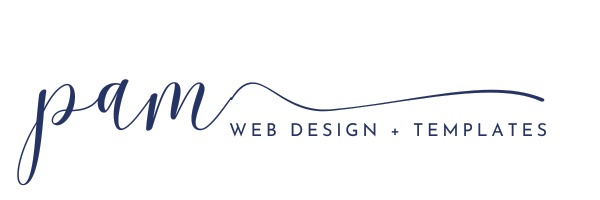





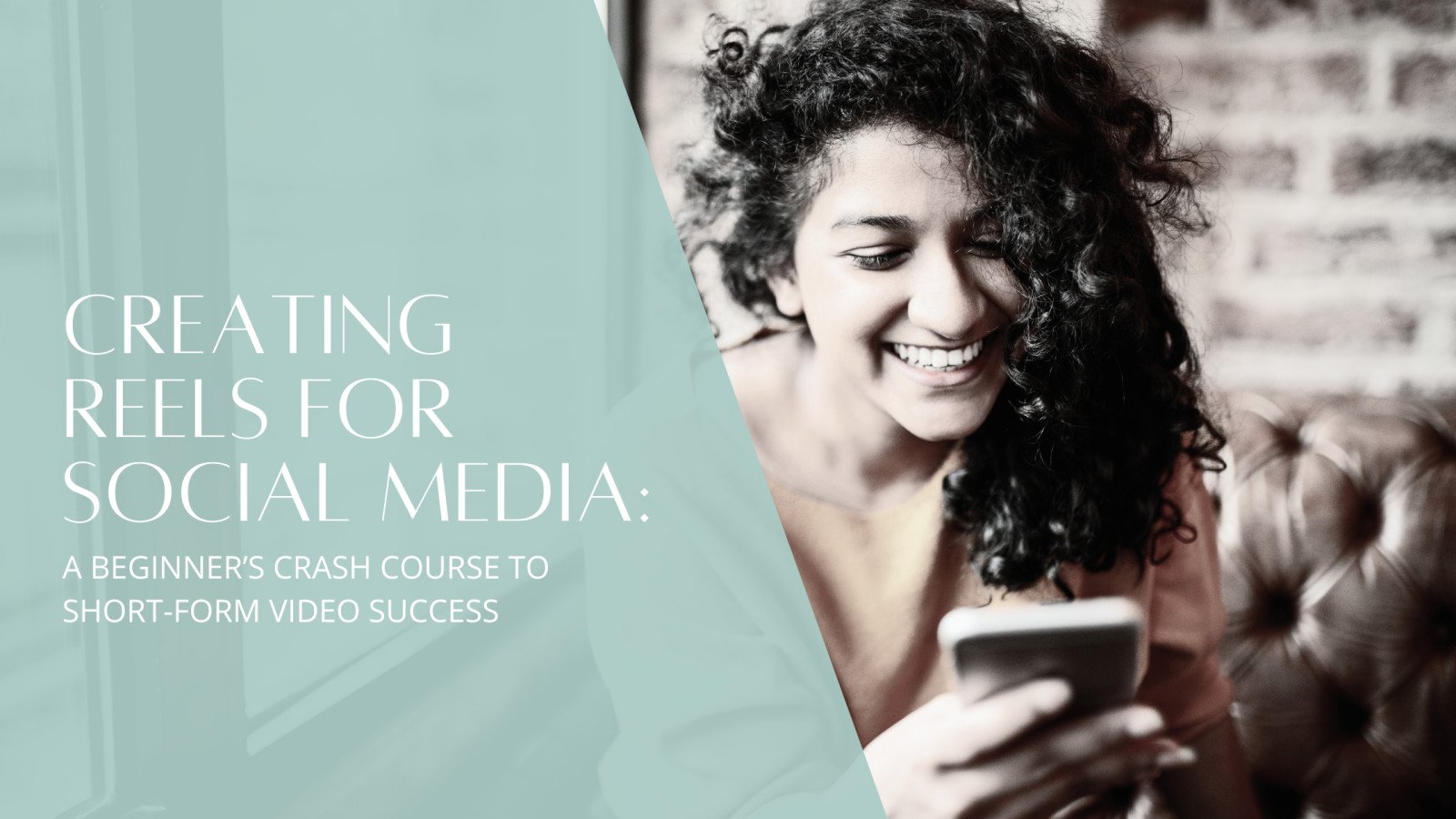

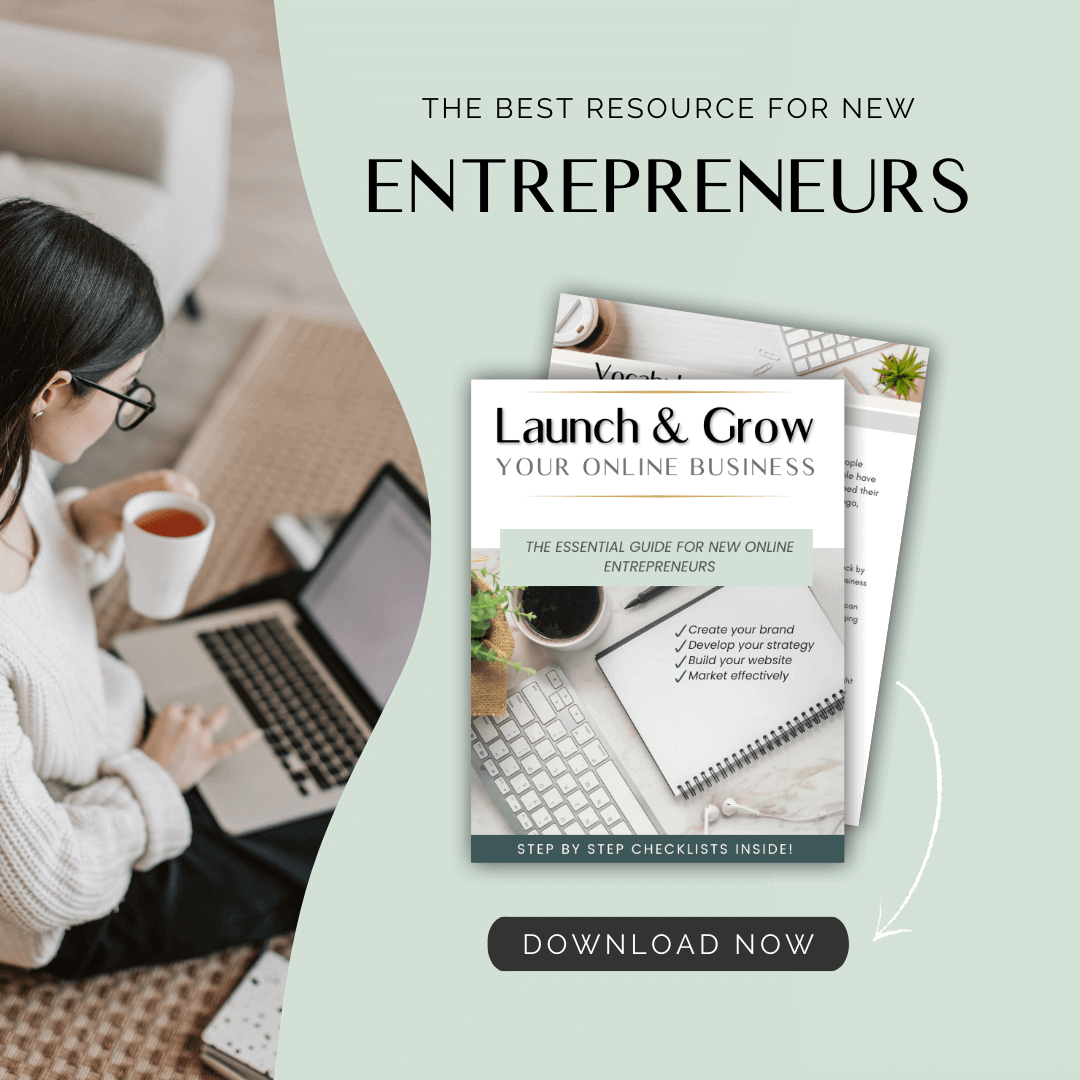
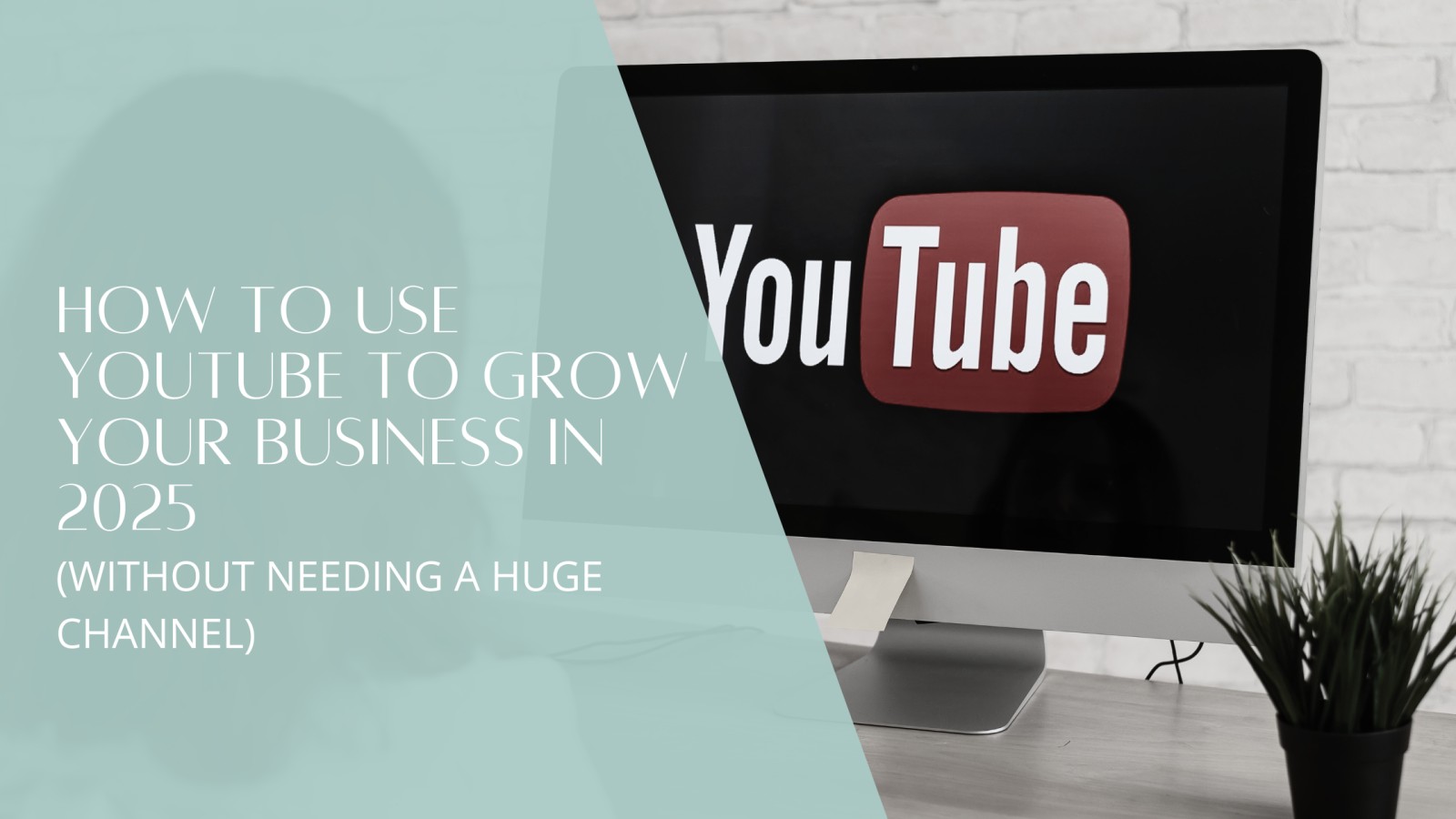
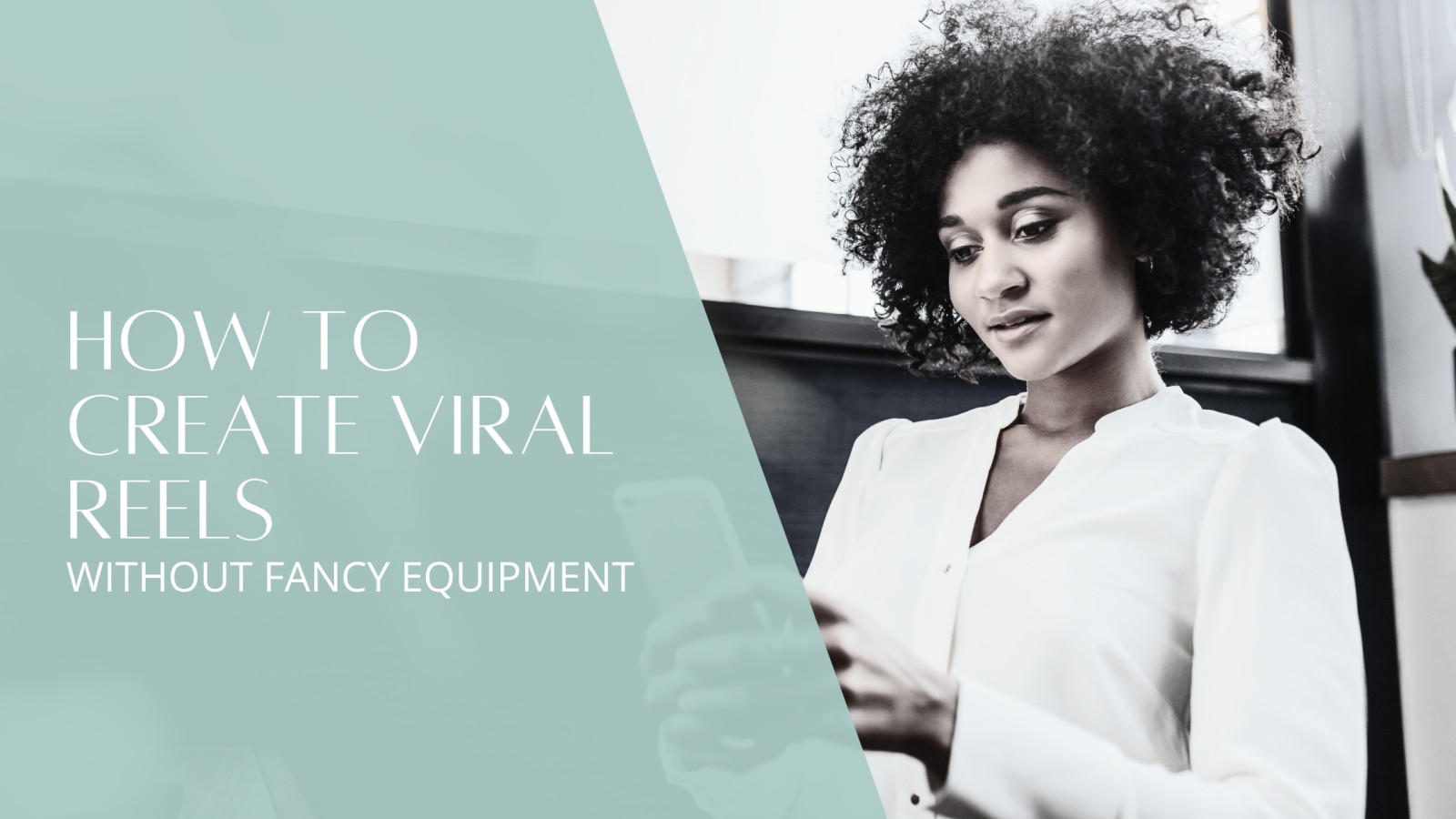



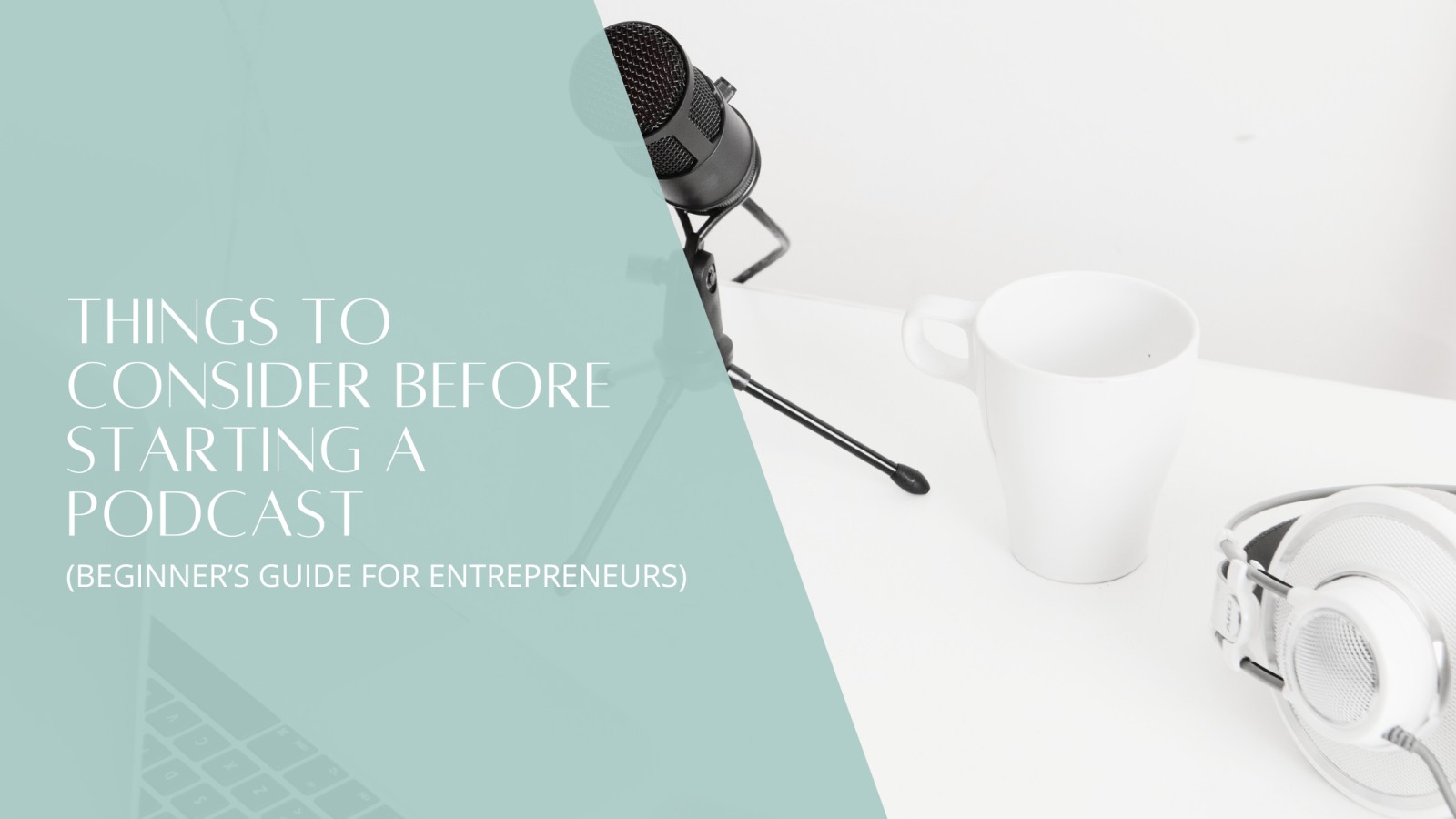
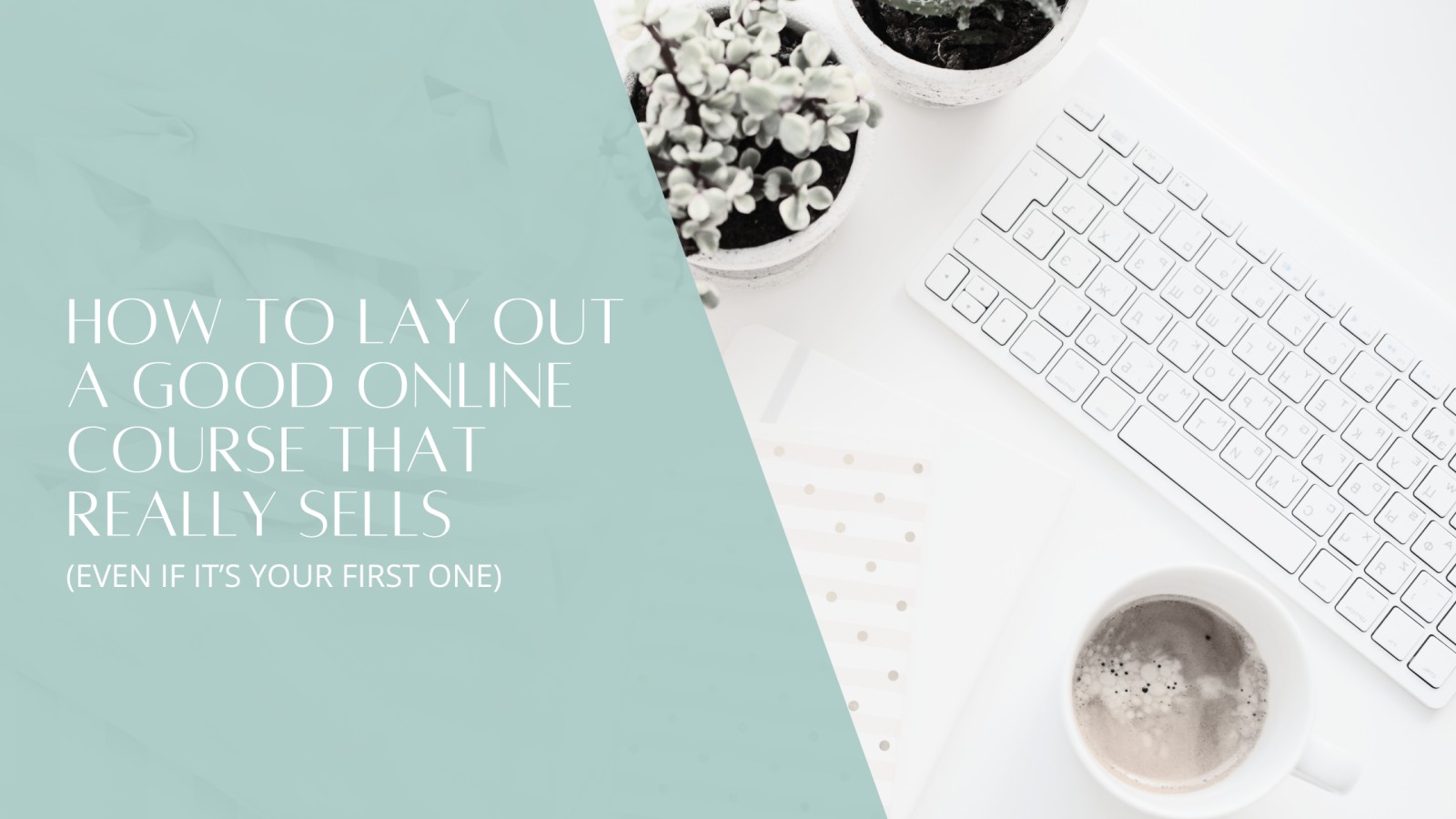



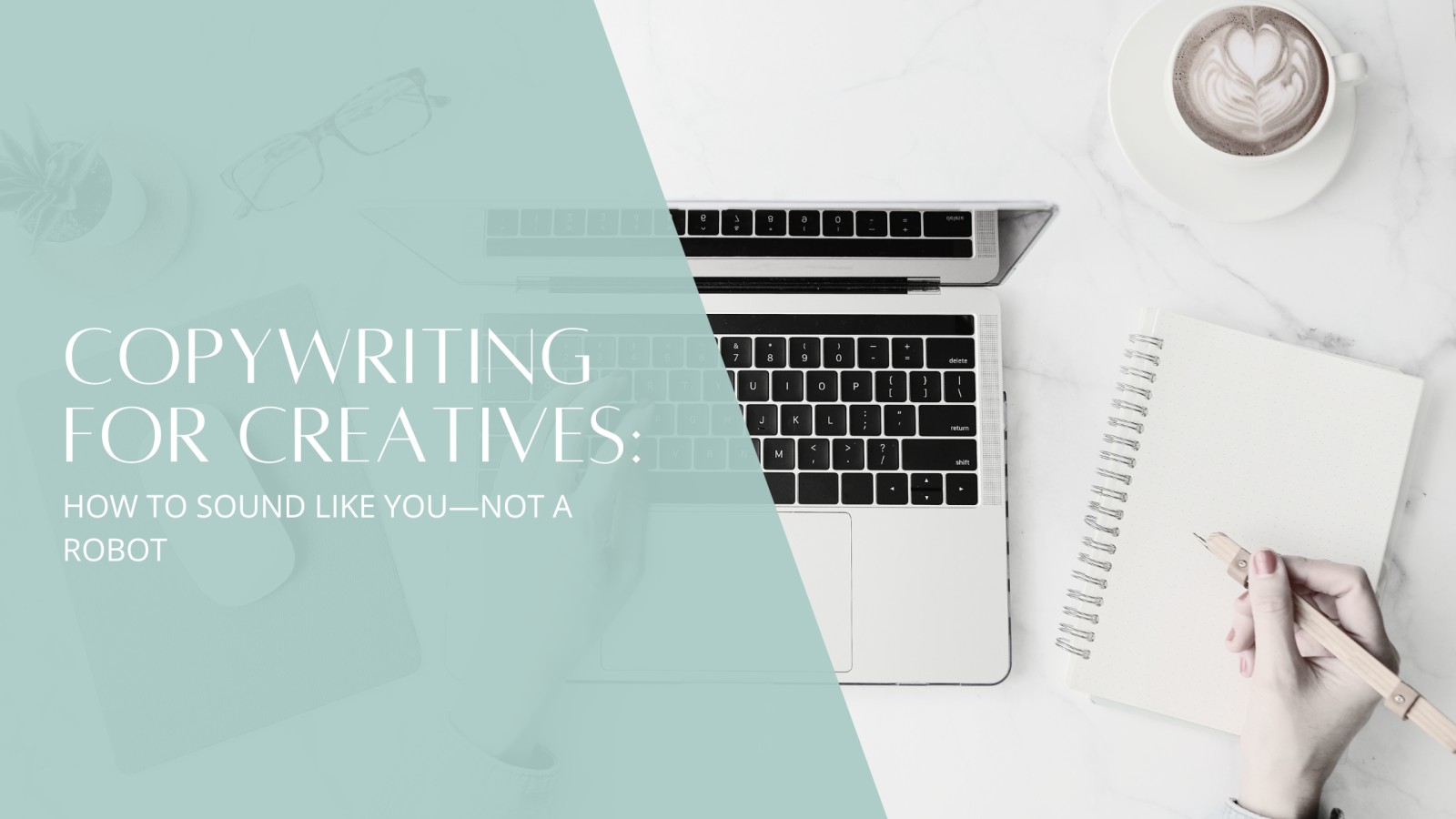
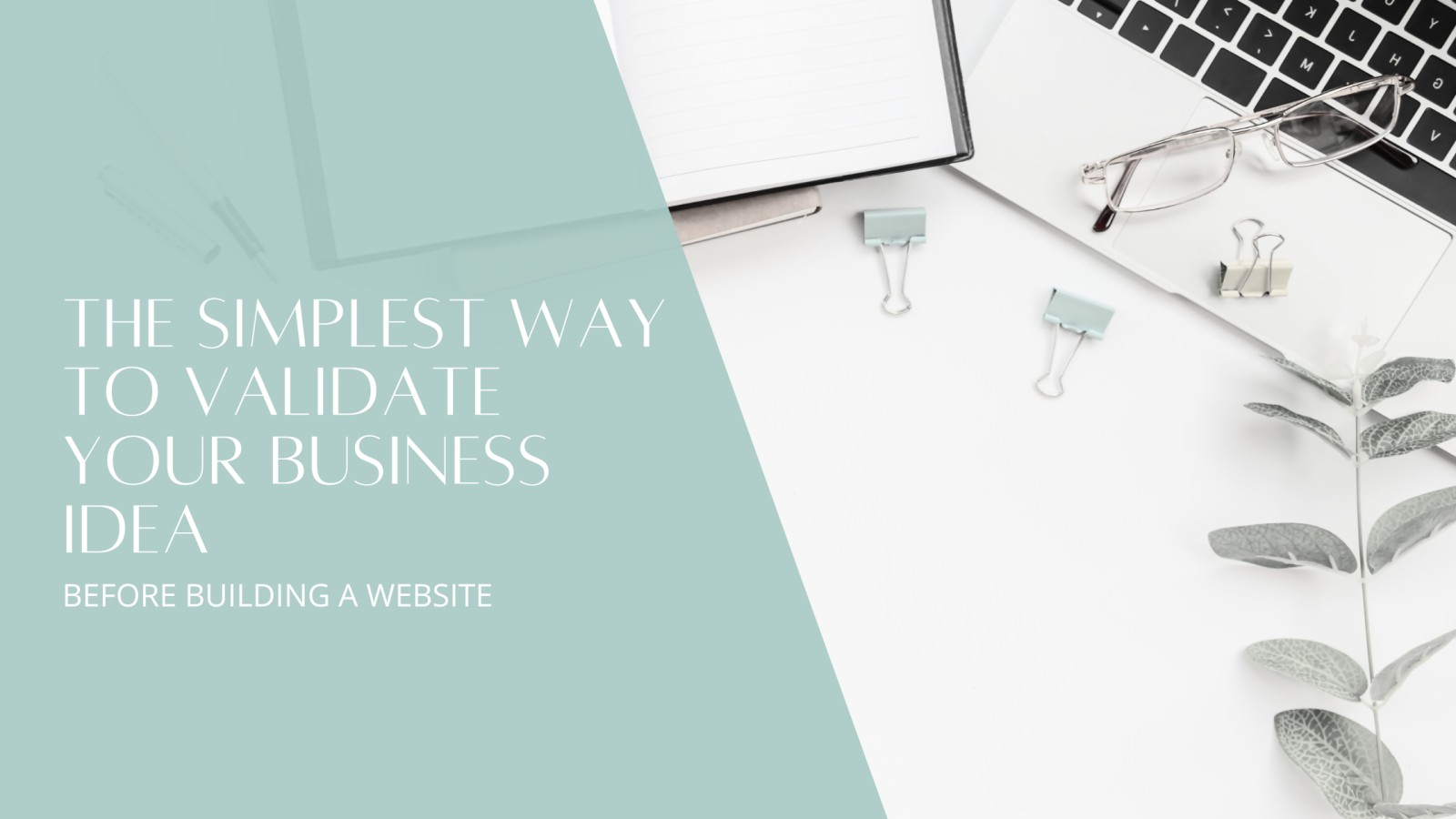
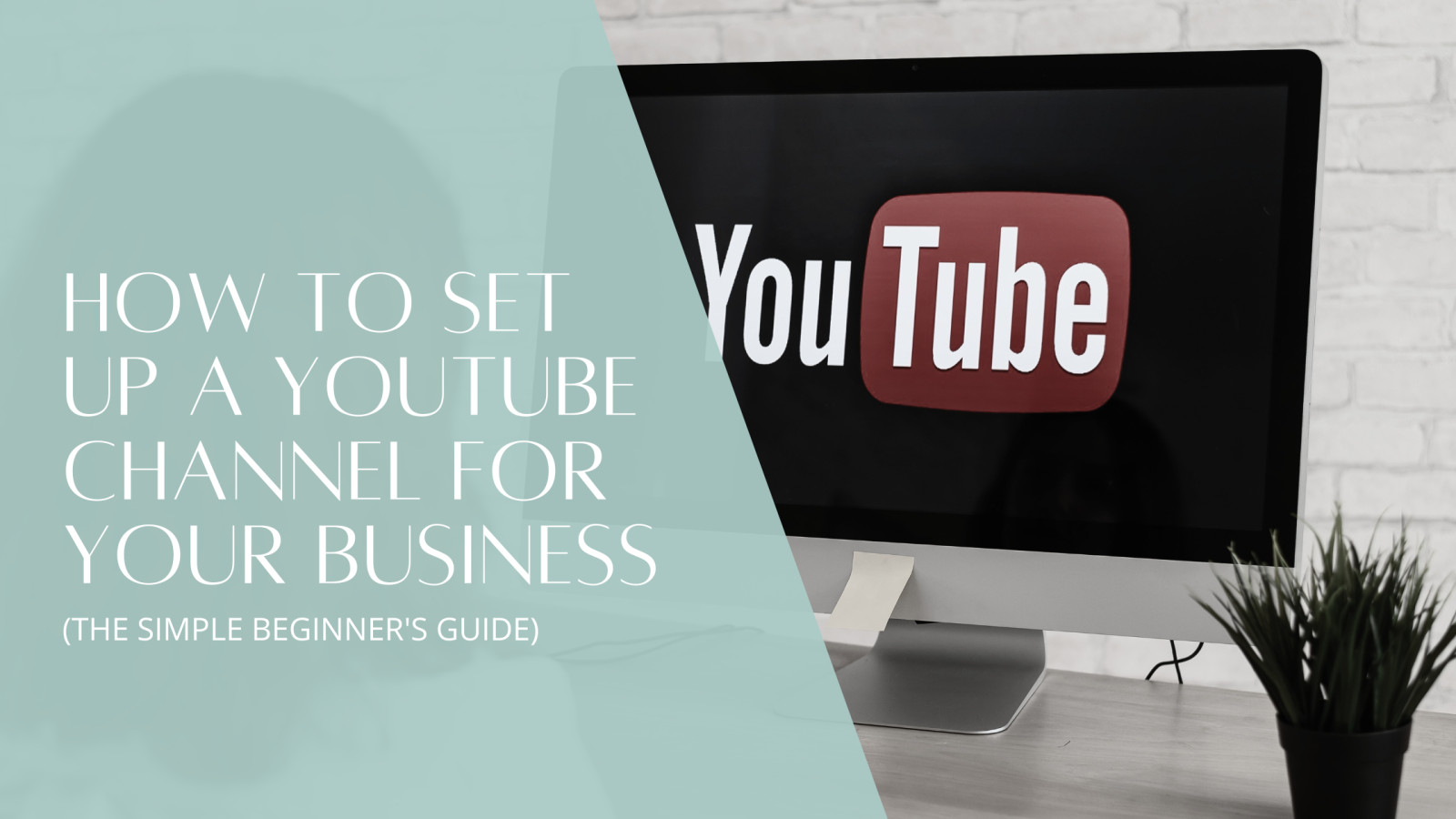
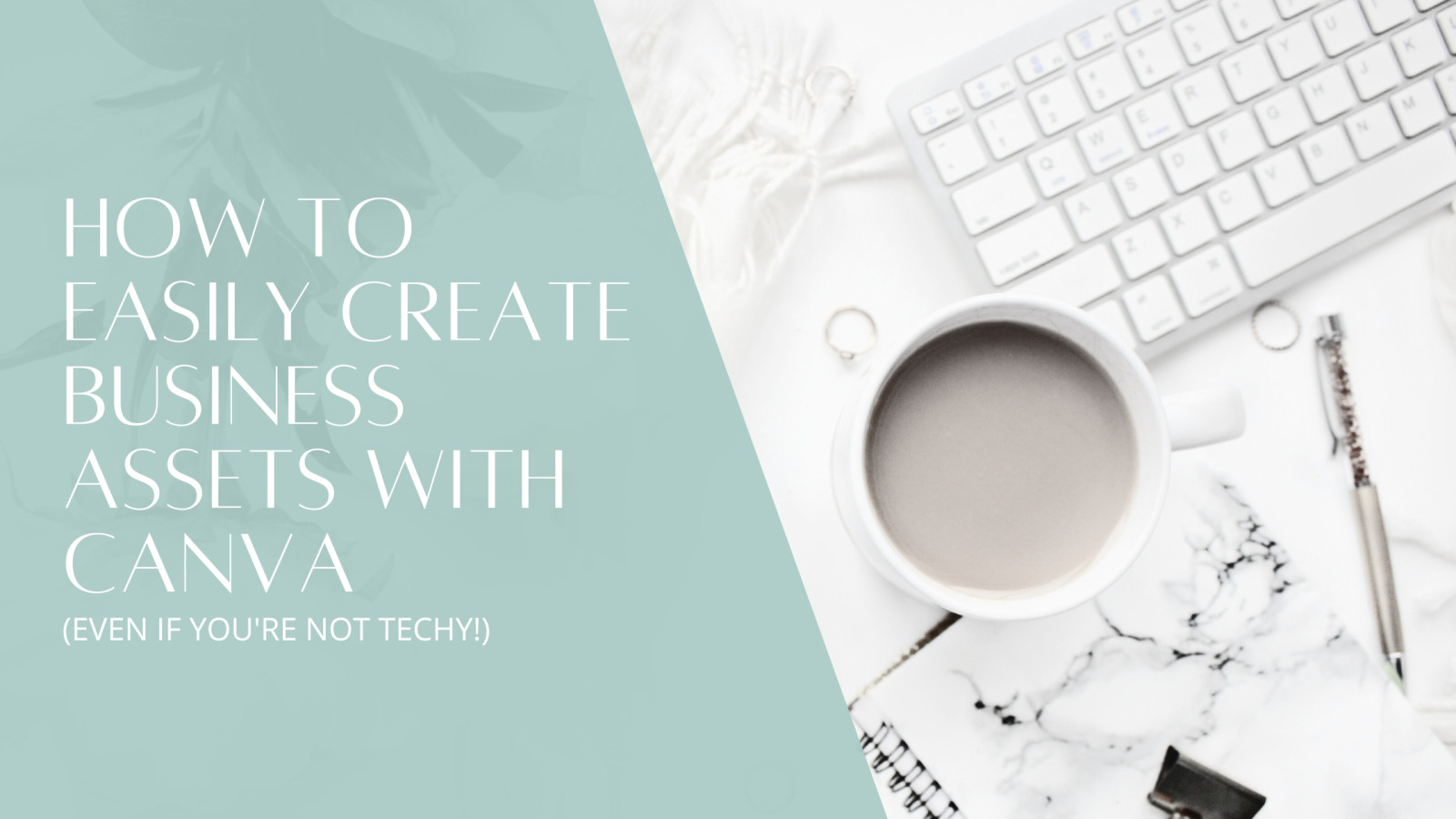











0 Comments